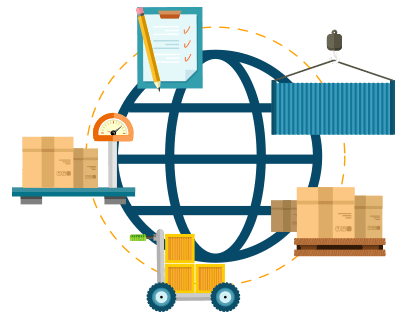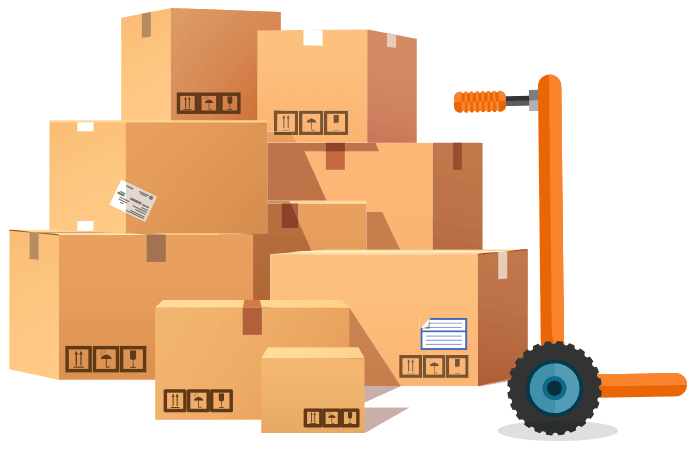The Basics of Shipping
To fully grasp the depth of the shipping process, you need to understand all the parts involved, e.g. shipping methods vs carriers, the meaning of “real-time shipping,” and more. This quick primer will help straighten things out.
Shipping Carriers and Shipping Methods
Shipping carriers deal with the transport of your packages, and include companies like UPS and FedEx as well as the USPS or, if you’re not in the US, your country’s postal service. Shipping methods, on the other hand, are specific settings you create for your online store for shipping with any particular carrier. A good eCommerce platform integrates with several carriers and will allow you to create multiple shipping methods as required to fit the needs of your business.
Real-Time Shipping Rates
Real-time shipping refers to an online store’s capability to instantly calculate shipping costs for a customer’s order. This provides a significant benefit because the customer is not surprised by the shipping costs, which can cause the customer to abandon their order. This is another feature you should ensure your eCommerce platform has available.

Drop-Shipping
Drop-shipping is a business model in which the products you sell are shipped directly from the manufacturer or distributor to the customer, removing the need to carry inventory at your own location. Drop-shipping has its own set of benefits and challenges, and is not within the scope of this guide.
eCommerce Fulfillment
The term “fulfillment” refers to the entire process from receiving an order to packaging and shipping it. Some businesses do their own fulfillment, while others forward the order to another party (like a manufacturer, in the case of drop-shipping).
Shipping Markup
A markup is an optional amount you add to the price of shipping that must be paid by the customer. Markups are frequently used to cover overhead costs of handling and shipping a particular product, or to help offset the cost of supplies.








